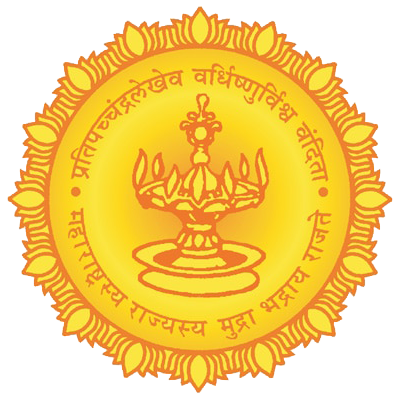विकास आराखडा
एका स्वयंपूर्ण महानगराची, शहराची निर्मिती करून, नागरिकांच्या राहणीमानात सर्वांगीण सुधारणा करणे हे उद्दिष्ट समोर ठेवून नवी मुंबई प्रकल्पाकरिता सिडकोने बृहद आराखडा (मास्टर प्लान) मसुदा तयार केला तो १० ऑक्टोबर १९७५ रोजी राज्य शासनाला सादर करण्यात आला व ऑगस्ट १९७९ मध्ये शासनाने त्यास मान्यता दिली. सुमारे २ दशलक्ष लोकसंख्येचे नियोजन त्यात असले तरी ३ ते ४ दशलक्ष लोकसंख्येला सामावून घेण्याची क्षमता या शहरात आहे. कालानुरूप या आराखड्यात वेळोवेळी सुधारणा करण्यात आल्या आहेत. मंजूर विकास आराखड्यामध्ये रहिवासी, वाणिज्यिक, संस्थात्मक, औद्योगिक, क्षेत्रीय बाग बगीचे, विना विकसित क्षेत्र यांसारख्या विविध भूवापर क्षेत्रांचा विचार करण्यात आला.
या विकास आराखड्यात २० नगरे असलेल्या बहुकेंद्री शहराची संकल्पना मांडली होती. व्यवसायाभिमुख मध्यवर्ती जिल्ह्याला ही सर्व नगरे जोडलेले असतील हे या नियोजनाचे मुख्य सूत्र होते. मुंबईच्या व्यवसायाभिमुख जिल्ह्यापेक्षा २० पट मोठे क्षेत्र त्यासाठी बेलापूर या मध्यवर्ती नगरात निर्धारित केले होते ज्यात राज्य व केंद्र सरकारची कार्यालये, बँका तसेच मोठ्या कंपन्यांची कार्यालये प्रस्तावित होती.
राज्य शासनाच्या सार्वजनिक बांधकाम विभागाने बनविलेला ठाणे खाडीवरला मुंबईचे उत्तरेकडील टोक वाशी या नवी मुंबईच्या त्यावेळच्या गावाला जोडणारा पूल १९७२ मध्ये वाहतुकीसाठी खुला झाला आणि नवी मुंबईतल्या विकासाला चालना मिळाली. नवी मुंबईच्या विकासाचा प्रारंभ वाशीपासून सुरु झाला. विकासासाठी हाती घेण्यात आले ते बेलापूर नगर. ठाणे आणि रायगड जिल्ह्यांना जोडणारा पनवेल खाडी पूल प्रथम बांधण्यात आला. त्यानंतर कोकण विभागीय आयुक्तालय असलेले कोकण भवन येथे उभारण्यात आले.
ऐरोली, कोपरखैरणे, वाशी, सानपाडा, नेरूळ आणि बेलापूर अशी ७ नगरे उत्तरेस तर खारघर, कामोठे, कळंबोली, पनवेल, उलवे, द्रोणागिरी व पुष्पक ही दक्षिणेकडील ७ नगरे अशी १४ नगरे सुधारीत आराखड्यानुसार वसविण्यात आली. आज उत्तरेस नवी मुंबई महानगरपालिका तर दक्षिणेस पनवेल महानगरपालिका स्थापन झाली आहे.


